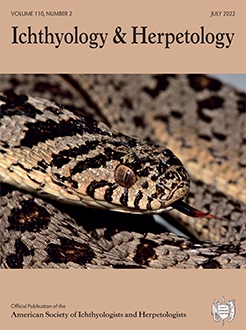Male–male aggressive encounters in lizards may involve physical confrontation or the use of multiple cues to signal fighting ability. Behavioral, chromatic, and morphological traits may be associated to reinforce gradual messages to escalate or deescalate interactions during encounters. Our first aim was to provide a detailed ethogram of male–male aggressive encounters in the social lizard Tropidurus spinulosus. Then, we aimed to elucidate the association among behaviors and morphological and chromatic characters. Our results showed several behavioral displays organized in sequential phases, with two displays being characteristic of this species; furthermore, increasingly threatening displays may be repeated several times before reaching physical aggression. Males that dominated the encounters usually had more extended color bands in the most visible body parts, lower body condition, and preferentially had performed pushup early in the bout, whereas males that were ultimately chased had high color band extension in the chest and high testicular volume and performed more lateral compression and head-swipe escalating readily to physical aggression by biting the opponent. In conclusion, the behavioral displays employed by different males were associated with their morphological and chromatic characters, highlighting the existence of signaling strategies among individuals.
How to translate text using browser tools
7 June 2022
Relationships among Behavior, Chromatism, and Morphology in Male Aggressive Encounters in Tropidurus spinulosus
N. Rossi,
M. Chiaraviglio,
G. Cardozo
ACCESS THE FULL ARTICLE

Ichthyology & Herpetology
Vol. 110 • No. 2
July 2022
Vol. 110 • No. 2
July 2022




